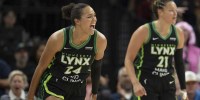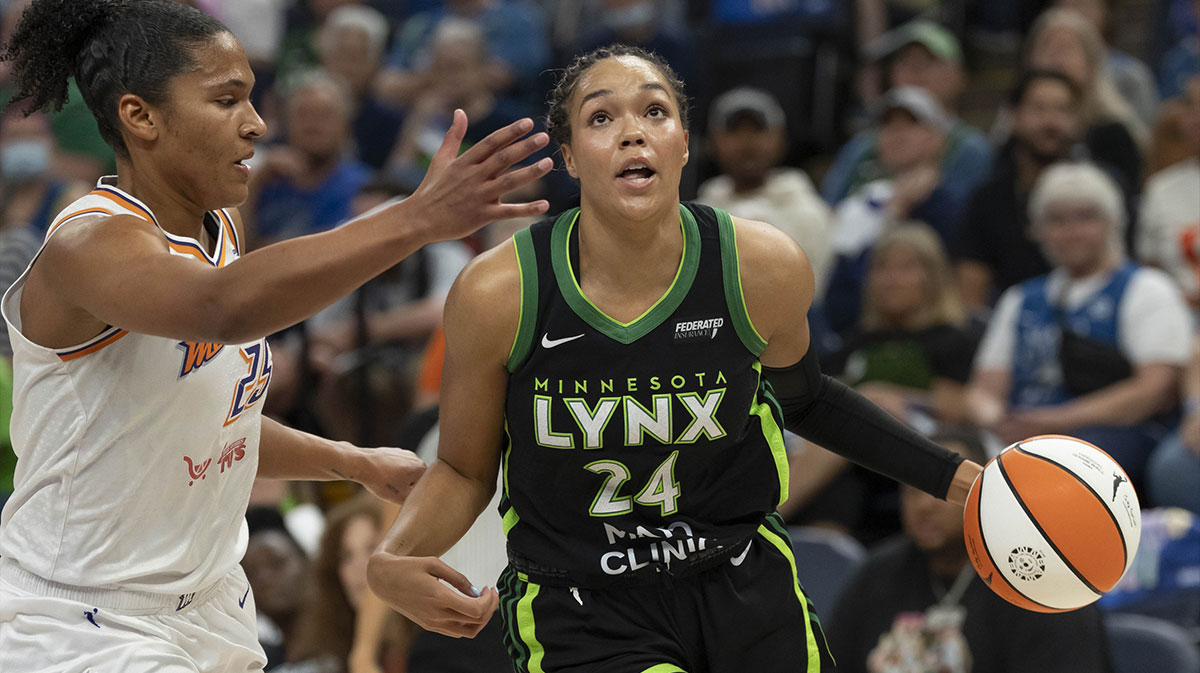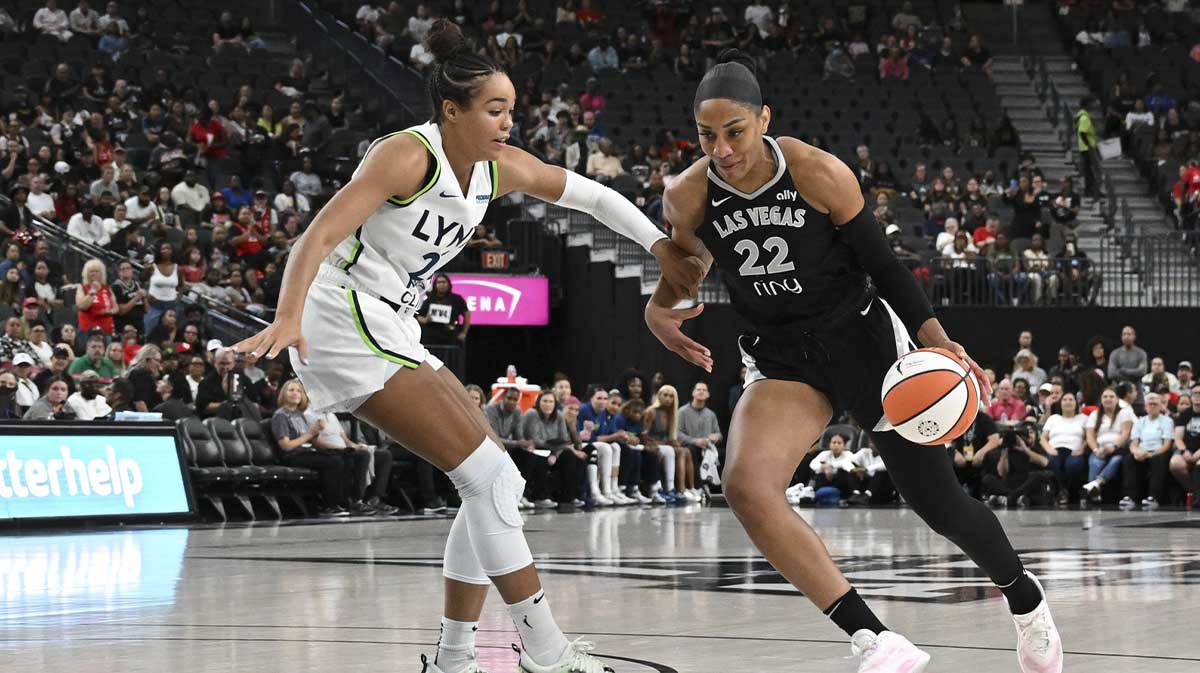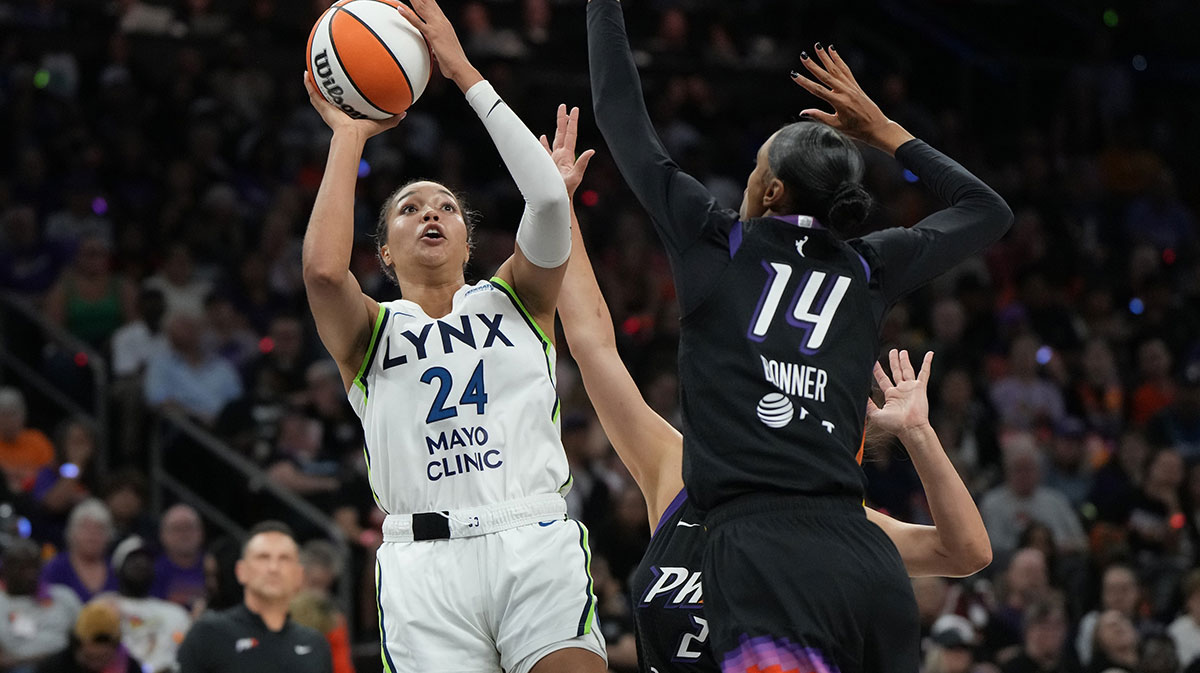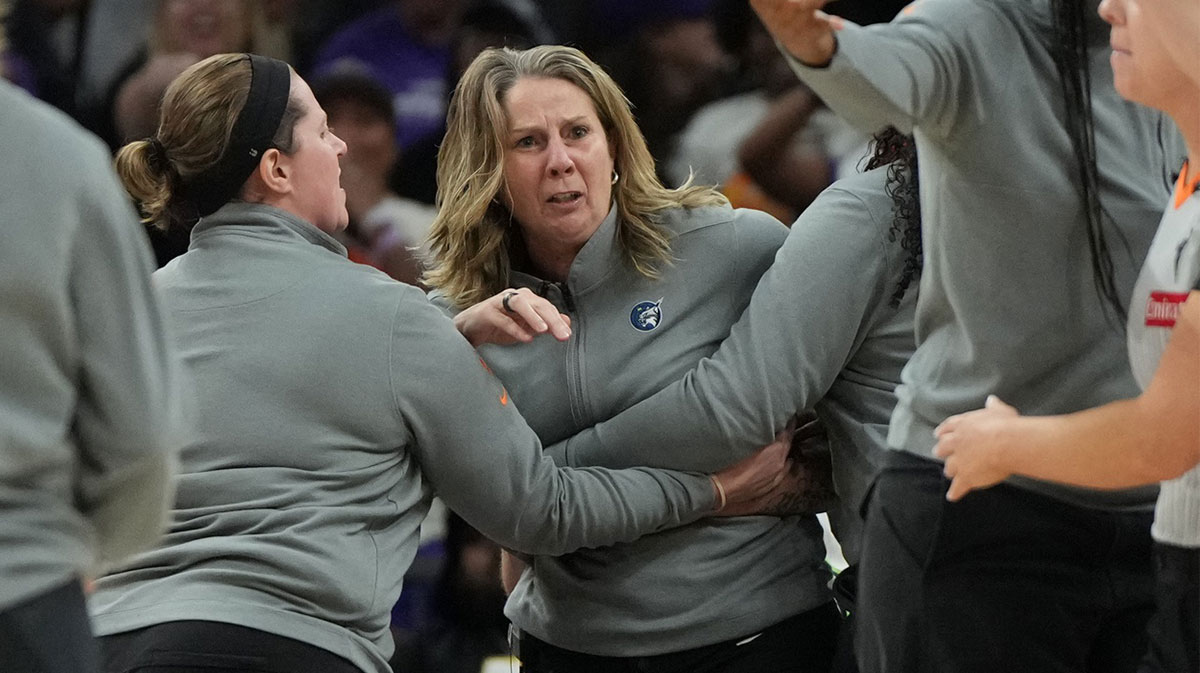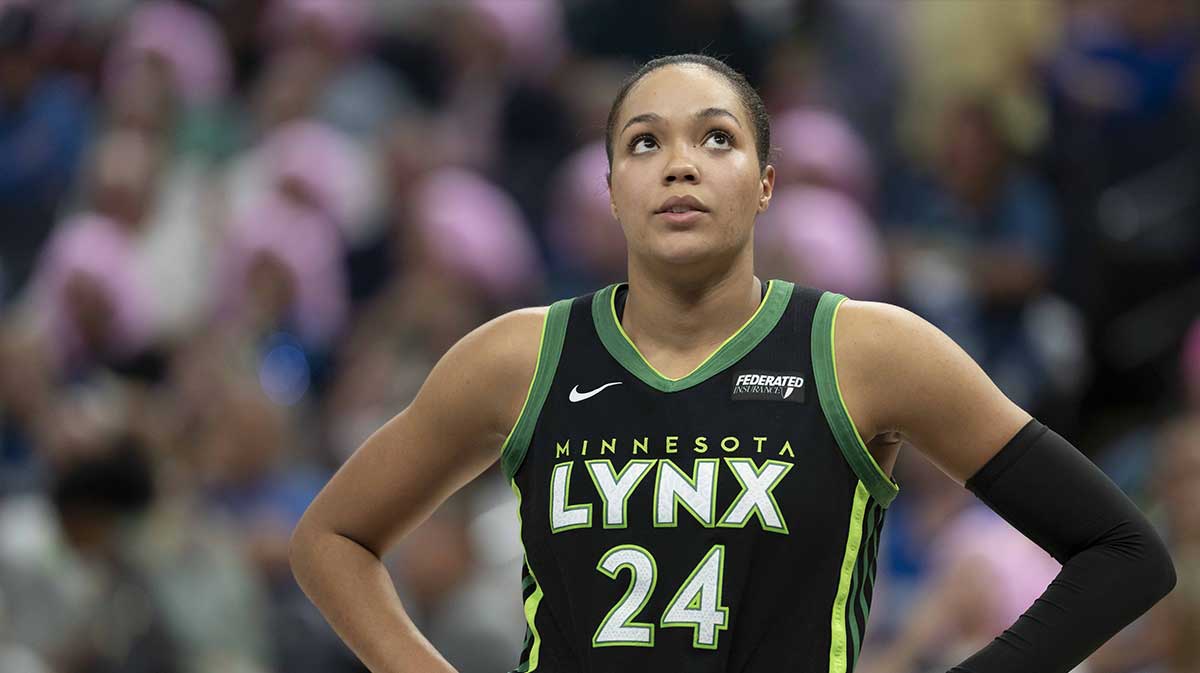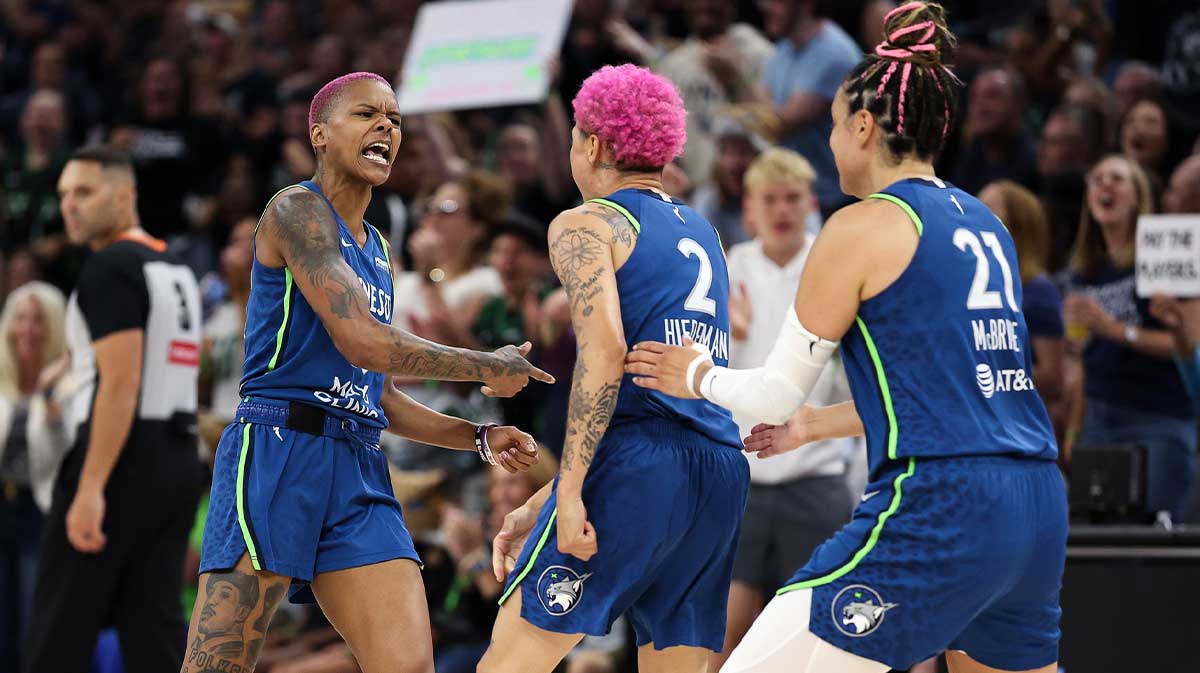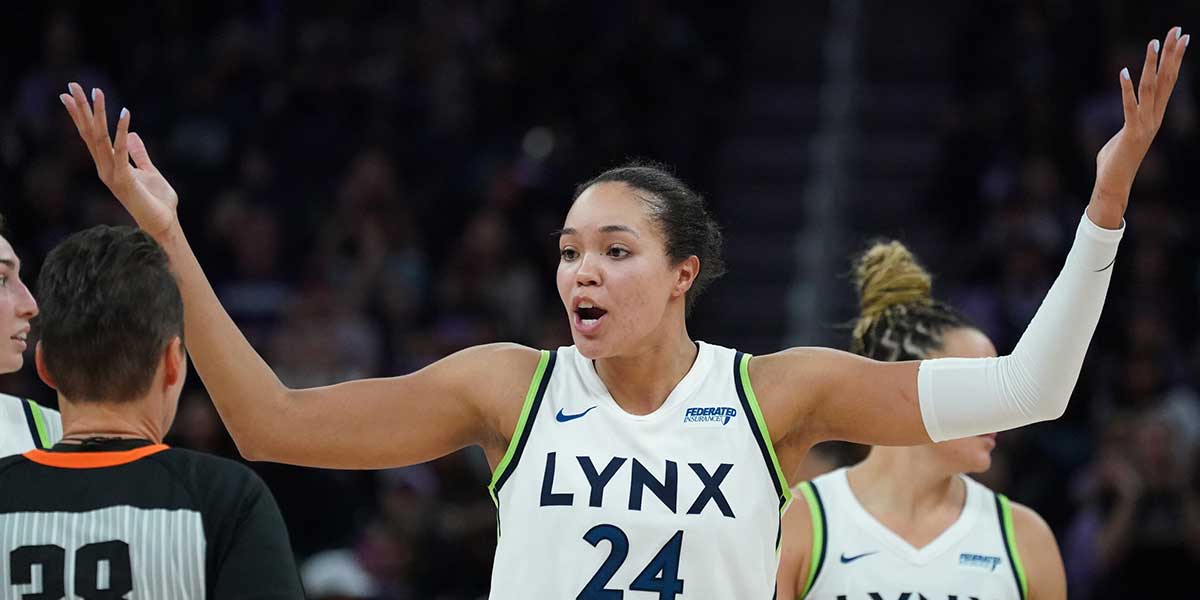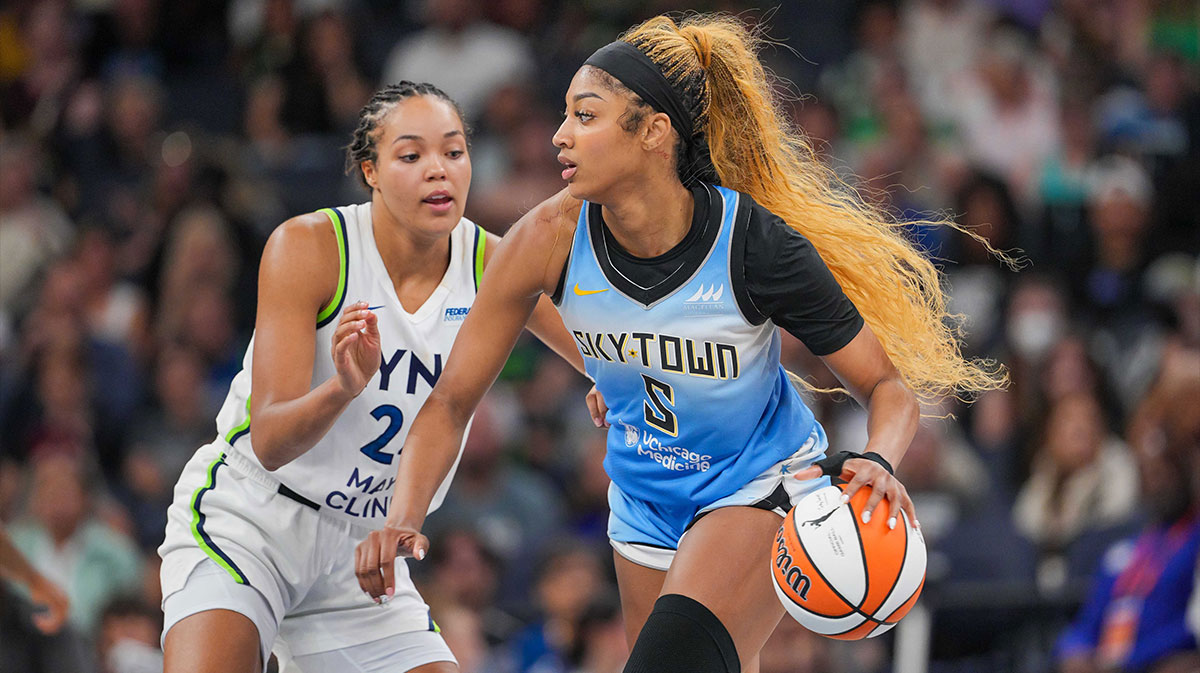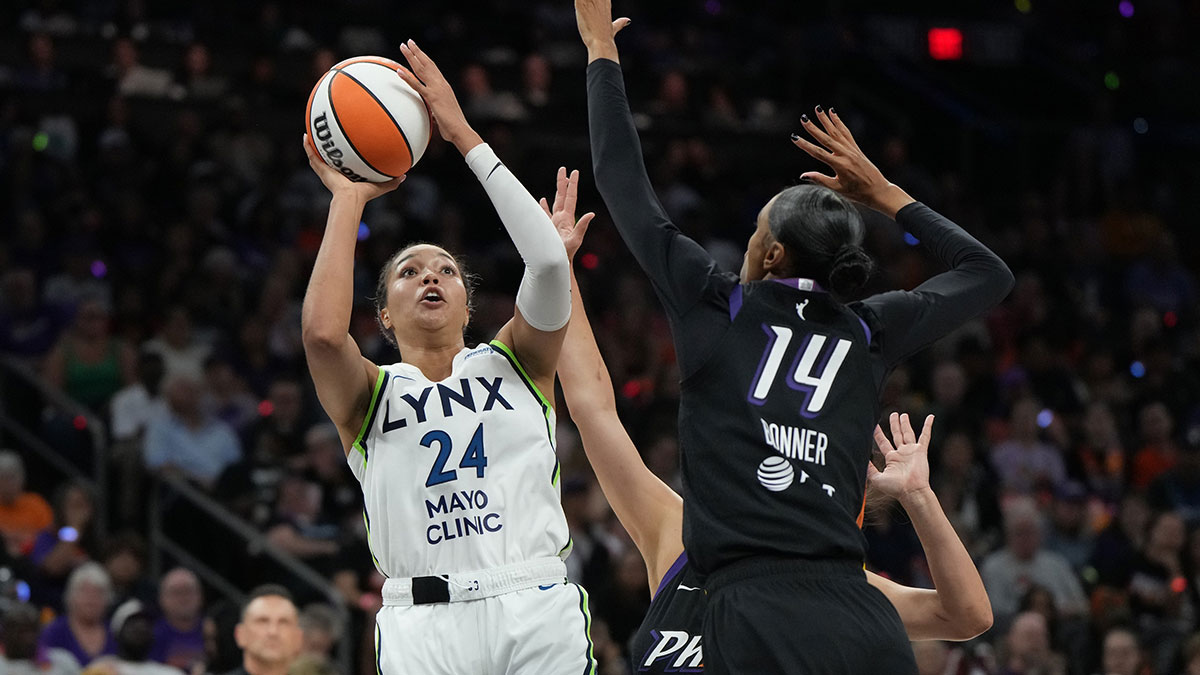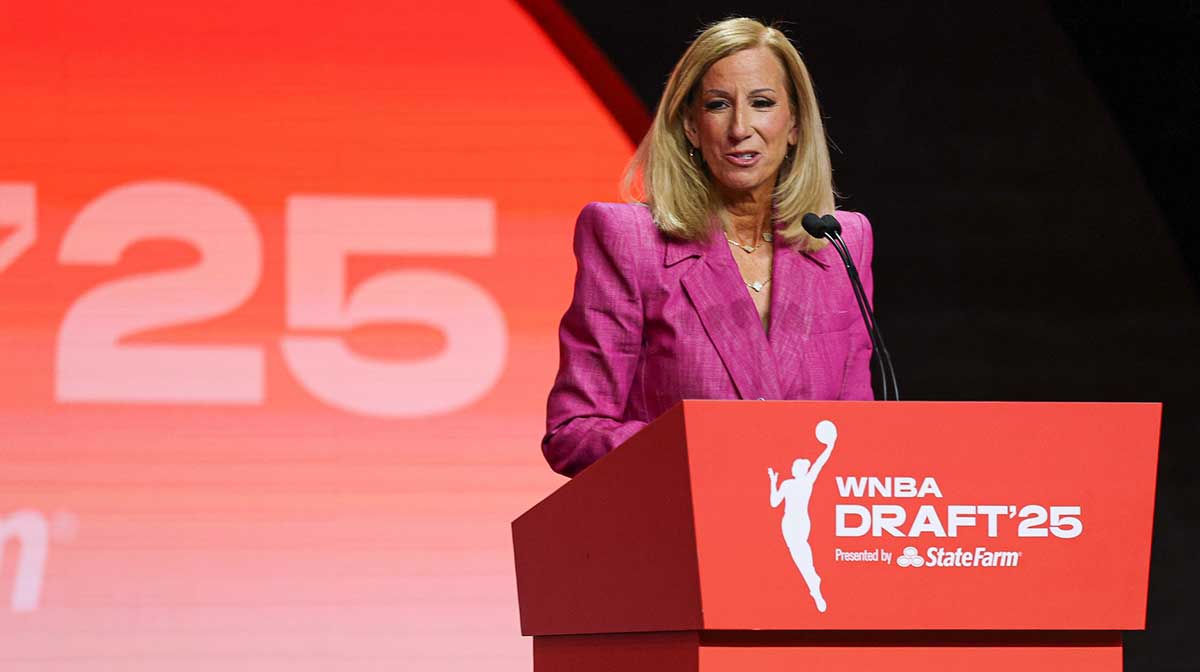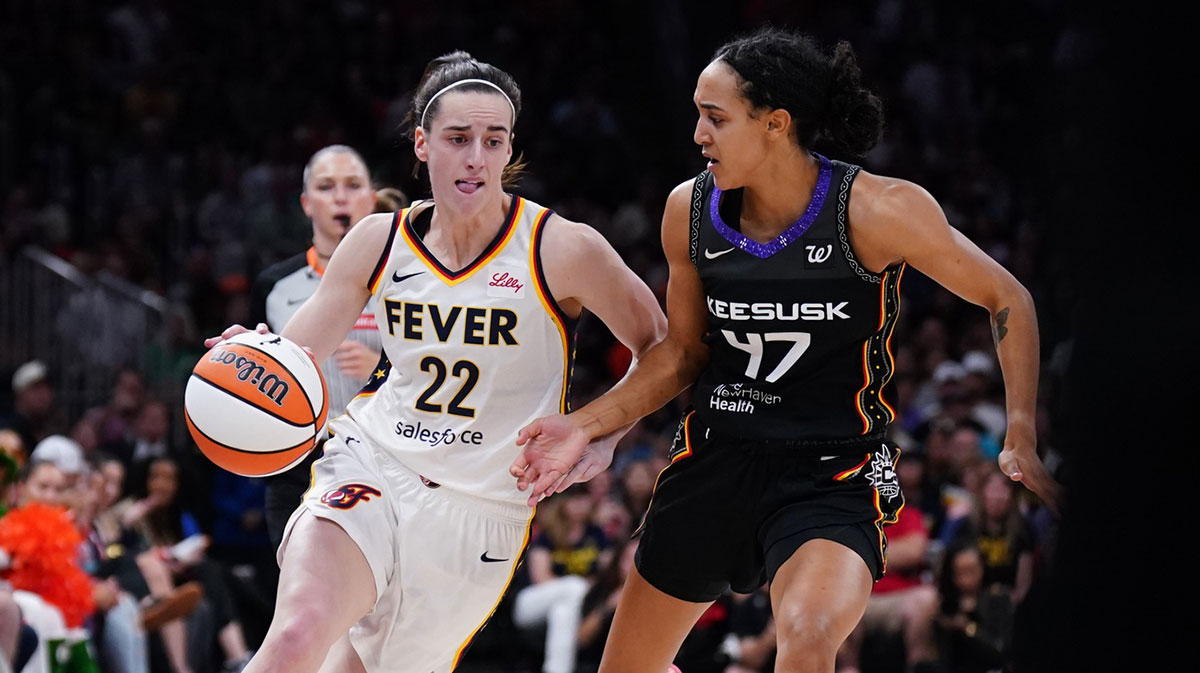For much of the year, the 2025 WNBA season was a story of resurgence for the Minnesota Lynx. After a strong regular season and a promising start to the playoffs, the team seemed poised to reassert itself among the league’s elite and return to the WNBA Finals to complete their revenge mission. Behind a potent combination of veteran leadership, versatile talent, and a top-tier coaching staff, the Lynx entered the semifinals against the Phoenix Mercury as favorites.
But what unfolded over four dramatic games in the semifinal round was a shocking and painful collapse. What appeared to be a team built for a championship run instead unraveled under the weight of pressure, injuries, poor execution, and a surging opponent.
Let's explore the multitude of reasons behind the Lynx’s semifinal loss, examining the missteps, psychological breakdowns, and player absences, as well as the Mercury’s resilience, that led to their unexpectedly early exit in an effort to understand where it all went wrong for Minnesota.
for your unwavering support. for being the best fans in the W. thank you, Lynx fam. 💙 pic.twitter.com/iPfCdjMPB8
— Minnesota Lynx (@minnesotalynx) September 29, 2025
A promising start masked deeper issues
In Game 1 of the series, the Lynx opened with a strong performance, defeating Phoenix 82-69. Their defense clamped down in the second half, and their offense, led by Kayla McBride and Napheesa Collier, found a rhythm that the Mercury struggled to match. On the surface, Minnesota appeared in control — balanced, composed, and executing well. However, even in this win, cracks began to appear. Phoenix outscored Minnesota in the paint during the first half, exploiting gaps in interior defense that would become more costly later in the series.
Additionally, Minnesota’s reliance on halftime adjustments rather than early dominance suggested a vulnerability in their game plan preparation. The Lynx were victorious, but Game 1 was not the resounding statement it could have been, and the Mercury would soon capitalize on Minnesota’s hidden weaknesses.
Game 2's turning point
Game 2 proved to be the inflection point of the series. The Lynx led by as many as 20 points midway through the third quarter and looked to be cruising toward a 2-0 series lead. However, what followed was one of the most dramatic collapses in recent WNBA playoff history. Phoenix stormed back, forcing overtime and eventually winning 89-83. The reasons for Minnesota’s failure in this game are as mental as they are tactical. Under pressure, the Lynx committed a series of unforced turnovers, missed both key free throws and a chance to foul at the end of regulation with one to give, and faltered in clock management — all unusual mistakes for a playoff-tested team.
This game underscored a critical issue: Minnesota lacked the poise and execution necessary to close out high-stakes games. The Lynx's fourth-quarter offensive sets grew stagnant, and defensively, they failed to adjust to the Mercury's increased tempo and ball movement. Instead of building on the momentum from Game 1, the Lynx opened the door, and Phoenix never looked back.
Game 3: Ejections, injury, and implosion
The third game of the series saw momentum turn firmly in Phoenix's favor. Although the contest remained competitive for much of the night, Minnesota once again unraveled in the fourth quarter, ultimately losing 84-76. Most notably, this game will be remembered for its chaotic ending: Head coach Cheryl Reeve was ejected at the end of the showdown after receiving her second technical foul as a result of Collier's ankle injury suffered in the final minutes, effectively sidelining both crucial team pieces for the remainder of the series.
Reeve’s ejection had both immediate and symbolic consequences. Not only did it deprive the squad of its strategic leader at a crucial moment, but it also reflected a loss of composure that had begun to affect the entire roster. When the head coach loses control in a playoff environment, it sends a dangerous signal to the players that can undermine confidence and unity. Meanwhile, Collier’s injury removed the team’s best two-way player, a blow that not only hurt Minnesota’s scoring and rebounding but also dismantled their defensive structure.
Phoenix, on the other hand, seized the moment. Alyssa Thomas and Satou Sabally hit key baskets down the stretch, while DeWanna Bonner’s leadership steadied the Mercury offense. The fourth quarter told the full story: Phoenix executed with clarity and urgency, while Minnesota faltered with indecision and visible frustration.
Game 4's final collapse
By Game 4, the Lynx were definitely reeling. Reeve was suspended for her comments made toward officials during the post-game press conference after Game 3, and Collier was unable to play due to her suspected ankle fracture. Without their leader and star forward, Minnesota struggled to establish an identity. Still, the team built a 13-point lead entering the fourth quarter, but what happened next was a repeat of Game 2: the Mercury erupted with a 31-13 run to close out the game and the series.
In this final act, Phoenix displayed championship-level poise and execution. Bonner hit five threes in the fourth quarter, Thomas controlled the pace, and the Mercury defense stifled the Lynx's already-depleted offense. Missing their central defensive anchor and their sideline general, Minnesota had no counter and little room for in-game adjustments. As Phoenix closed out the 3-1 series win, it became clear that the Lynx had not only lost the series but lost control of it long before Game 4's final whistle.
Keys to Lynx’s downfall
While individual games offer insight into tactical decisions and executional failures, the deeper causes of Minnesota’s loss stem from broader themes. First and foremost was the team’s inability to handle pressure in close games, especially at the end. In two separate contests, the Lynx held double-digit second-half leads, but they ended up dropping both. This shows a lack of mental fortitude, situational awareness, and composure. Whether it was due to turnovers, shot selection, or a lack of communication, Minnesota simply could not perform under stress.
Second, the Lynx’s reliance on a handful of core players left them vulnerable when adversity struck. Collier’s absence in Game 4 was especially damaging, but even before her injury, contributors like Alanna Smith and Bridget Carleton, along with Minnesota’s bench, had failed to make a meaningful impact. On the other hand, Phoenix’s depth and balanced contributions, particularly from standout players like Sabally and Bonner, provided crucial support during the Mercury's comebacks.
Coaching breakdowns also played a significant role. Reeve’s technical fouls, ejection, and eventual suspension deprived the team of leadership at a time when guidance was most needed. A coach’s emotional investment is often an asset, but in this case, Reeve’s inability to channel her frustration proved costly.
Ultimately, Phoenix deserves credit for its performance. The Mercury were relentless, composed, and opportunistic. Their defense improved as the series progressed, their offense became more fluid, and their veteran core showed why playoff experience matters. Instead of simply capitalizing on Minnesota’s mistakes, Phoenix actively created them through ball pressure, smart switching, and tactical adjustments.
What-ifs and lessons learned
The Lynx will undoubtedly reflect on several “what if” moments during the offseason. What if they had been able to close out Game 2? What if Collier had stayed healthy? What if Reeve had remained on the sidelines for Game 4? These questions are inevitable — and painful. But they also serve as learning opportunities.
One clear lesson is the importance of endgame preparation. The Lynx’s repeated failures to execute in the final minutes point to a need for more rigorous late-game simulations and decision-making drills. Another takeaway is the importance of depth. Injuries are inevitable in a playoff run, and teams that rely too heavily on their starters risk unraveling if one player goes down. Developing more reliable bench options and fostering lineup flexibility will be crucial for future success and attempts at a title run.
But maybe the most important point is that the Lynx must cultivate a culture of resilience. The best playoff teams are those that respond, adapt, and thrive under pressure, and in 2025, Minnesota did not meet that standard. The Lynx flinched when challenged, fractured under stress, and failed to regroup after setbacks.
The Lynx entered the 2025 WNBA playoffs with ambition, talent, and plenty of self-belief. They exited with heartbreak, regret, and hard lessons to learn. While the series against the Mercury was filled with individual moments of brilliance, it ultimately became a cautionary tale about composure, adaptability, and the brutal demands of postseason basketball. Collapses in execution, a critical injury, and the absence of leadership proved fatal to their title hopes.
But in falling short of their title goals, there is opportunity. If the Lynx can honestly assess their shortcomings, address their vulnerabilities, and learn from this defeat, they can return next season stronger, wiser, and better equipped to fulfill their WNBA championship potential.




